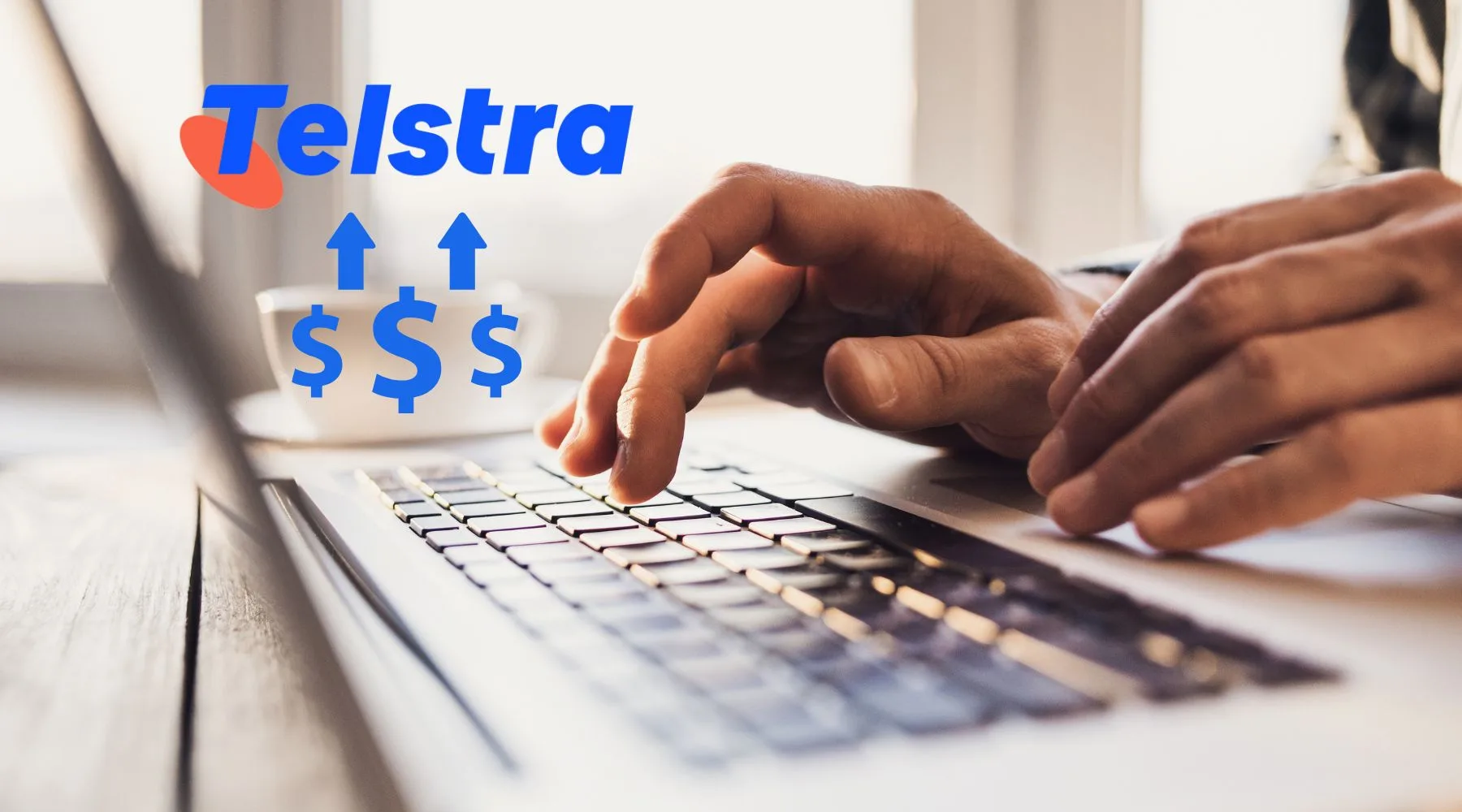Telstra’s changing NBN prices again from 1 July, says it’s complicated

Are we re-living 2023 all over again?
The gist of changes for Telstra's NBN plans goes something like this: some prices are going up, some are coming down, others stay the same.
Lower speeds are getting more expensive, faster speeds are becoming a little bit cheaper in comparison.
Here's a quick look at what these changes are:
| Plan | Old price | New price |
|---|---|---|
Basic (NBN 25) | $85 a month | $89 a month |
Essential (NBN 50) | $100 a month | $105 a month |
Premium (NBN 100) | $110 a month | No change |
Ultimate (NBN 250) | $135 a month | $130 a month |
Ultrafast (NBN 1000) | $170 a month | $150 a month |
The interesting bit here is just how expensive NBN 50 has become, especially stacked against NBN 100. There's now only a $5 difference between the two, but on NBN 100 you get double the download speeds.
While NBN 50's popularity has been on the decline, it's still used by 44% of Aussies. It's also the speed tier most impacted.
Optus will also be hiking up the prices of its NBN 25 and NBN 50 plans by $4 to $5 a month from July 8.
NBN 25 will cost $79 a month and NBN 50 will cost $89 a month.
Didn't Telstra and other providers change their prices just a few months ago?
Yep, you're not wrong.
Telstra, along with a bunch of other internet providers, made a slew of changes based on the speed tier.
The majority of moves happened between August and December 2023.
For Telstra, it was October 2023.
Here's a look at what last year's price moves looked like:
| Plan | Old price | New price |
|---|---|---|
Basic (NBN 25) | $80 a month | $85 a month |
Essential (NBN 50) | $95 a month | $100 a month |
Premium (NBN 100) | $110 a month | No change |
Ultimate (NBN 250) | $140 a month | $135 a month |
Ultrafast (NBN 1000) | $180 a month | $170 a month |
"As a business, we're constantly striving to balance the needs of our customers whilst ensuring we remain financially sustainable," a Telstra spokesperson told Finder.
NBN Co is increasing the price they charge us for wholesale internet and this is an important factor for the changes we're making, along with our ability to keep investing in our network, products and services while responding to increased data usage.
"This includes 24/7 network monitoring to help protect against scams, 4G backup to help keep you connected in an outage and support from our local teams when you need us."
It all started when...
After a lot of back and forth, the Australian Competition and Consumer Commission finally gave NBN the green light for its new pricing model.
You can read all about it in our news from last year but the new pricing structure essentially favours higher speeds.
But that was a change in wholesale prices for last year. This time, it's based on NBN's pricing for FY25.
Earlier this year, NBN explained its thought process on proposed changes based on how household needs are evolving.
The average household now consumes 443 gigabytes per month across 22 internet-connected devices. We predict that the average will grow to 33 connected devices by 2026 and 40 by the end of the decade.
That's all well and good, but in this cost-of-living environment, these changes may not work for everyone's budget.
We're also waiting to see how other providers apart from Telstra and Optus respond. We'll keep you updated!
So, what can I do?
Your best option is to shop around and compare NBN plans.
It's good to remember that a lot of the time loyalty doesn't pay. It just makes you pay more than you should.
There are other providers that will offer unlimited data and the same speeds for cheaper. A lot of them are also famous for slinging 6-month sign-up discounts.
Maybe they may not offer as many extra bells and whistles as Telstra or Optus, but if all you care about is speed, they're worth checking out.
Check out our pick of the best NBN plans for this month for a more curated list of options.
Ask a question

As an old bloke, I don’t understand the difference between nbn, wireless internet, and what else.
Can you steer me in the right direction please?
Hi Nobby, NBN is a fixed-line internet connection most commonly used in Australia. You can put in your address on our website to see if your home can be connected and find a plan suited to your speed and budget requirements: https://www.finder.com.au/broadband-plans/nbn-tracker. If you’re wondering what type of speed you need, this guide can help you out: https://www.finder.com.au/broadband-plans/nbn-speed-tiers.
Home wireless is an alternative to NBN. It uses the 4G and 5G mobile networks to get you online. There’s no setup required. Just keep in mind that a 5G home wireless plan will only be accessible if your area is covered by 5G. You can compare plans here: https://www.finder.com.au/broadband-plans/home-wireless-broadband. Once you decide on a provider, you can start the sign up process. They will ask you to enter your address to check if you can get the plan. The main thing to remember with home wireless is you should ideally be getting good mobile network signals at your property to have a stable internet connection.
Hope this helps and please don’t hesitate to reach out if you have any other questions.